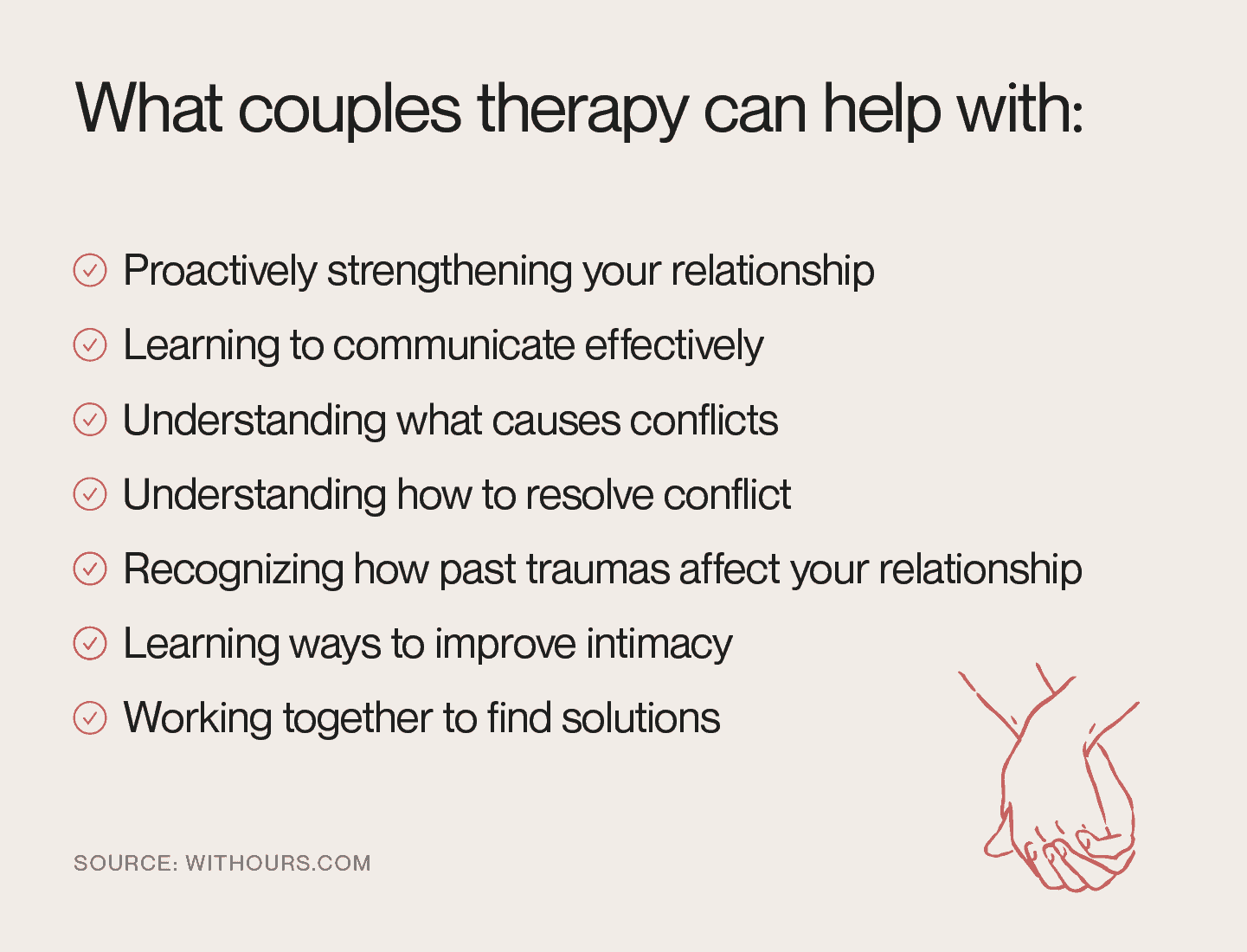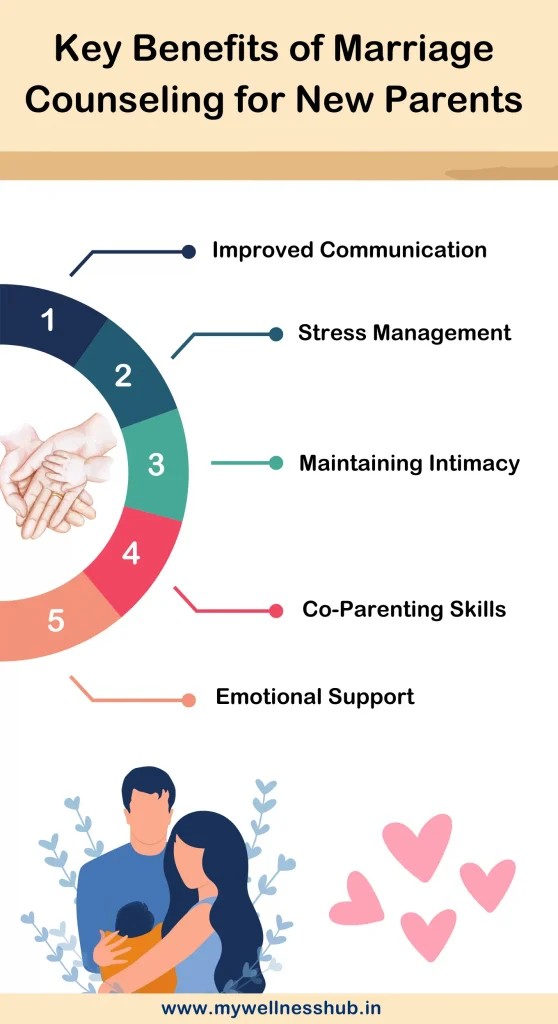Not known Facts About Aim Point Counseling
Not known Facts About Aim Point Counseling
Blog Article
The Main Principles Of Aim Point Counseling
Table of ContentsNot known Details About Aim Point Counseling Aim Point Counseling for DummiesThe Buzz on Aim Point CounselingSome Known Incorrect Statements About Aim Point Counseling Aim Point Counseling - QuestionsThings about Aim Point Counseling
The longitudinal style involves a pre-treatment study and 2 follow-up studies at 3- and 12-months post-intervention. The study is embeded in eight Relationships Australia Victoria centres, throughout metropolitan, external suburban areas, and regional/rural websites. Relationships Australia, a non-government organisation, is the largest copyright of pair counselling and partnership services in Australia.
These high rates of partnership failure have been consistently linked with unfavorable wellness repercussions for both grownups and children following divorce/separation.
Get This Report about Aim Point Counseling
Longitudinal research studies also recommend that youngsters of divorce have a higher occurrence of mental conditions, alcohol and drug usage, and high-risk sexual behaviour [7] The effects of separation and splitting up can be detrimental, study suggests that high connection dissonance in intact couples is also most likely to have adverse results.
Furthermore, factors that influence the end results of these services need comprehensive examination. Research study to date has actually determined both pair and specific aspects that may add to relationship discord. These include partnership fulfillment and commitment at the couple level, and depression at the individual degree. Nevertheless, robust research study to assess relationship-enhancing treatments in the neighborhood are limited.
More About Aim Point Counseling
Relationship contentment has been the most common result variable determined in greater than 200 assessments of pair coaching [11,12] Studies have located substantial renovations in relationship contentment from pre- to post-treatment [13,14] and throughout one to 2 years following counselling [15] In these research studies, partnership satisfaction was most often examined utilizing the Dyadic Adjustment Range (DAS) [16] While the majority of researches indicate enhancements in partnership fulfillment complying with pair counselling, they are restricted by the examples and measures utilized, greatly short-term follow-up time frameworks, and evaluations that do not account for the dyadic nature of couple data - how much does marriage counseling cost. Connection dedication, based upon measures such as the Commitment Supply (CI) [19], is another frequently examined connection end result.
To summarise, research study shows that couple-specific variables as well as individual aspects might anticipate the end results of couple coaching and relationship solutions. The causal direction of these connections, however, is much less clear. These monitorings are essential, because, to justify and direct the application of partnership services such as couple therapy, empirical evidence needs to explore both the end results of partnership services and the factors that anticipate effective therapy.
, at least in some European nations.

We currently recognize little concerning the profiles of couples who seek out partnership education and learning compared to those that seek connection counselling, or the results of these programs. However, unscientific proof recommends that there might be significant distress amongst at the very least some pairs seeking relationship education and learning. Partnership education and learning programs vary from pair coaching as they are commonly very structured, carried out in teams, and concentrate on a blend of 4 components; understanding, responses, cognitive modification, and abilities training [45]
Aim Point Counseling Fundamentals Explained
Responses entails participants completing questionnaires concerning their partnership (e.g. actions of social issues), and obtaining info on what their scores suggest. Cognitive-behavioural strategies promote changing cognitions to help with positive connections.
These meta-analyses highlight restrictions in the existing literary works on partnership education. This example profile may not stand for customers that typically present for connection education and learning.
The Facts About Aim Point Counseling Uncovered

Very little research has actually checked out the relative benefits find more of pair coaching and connection education programs. As clients are most likely to self-select right into these service types, it is not clear whether characteristic partnership distress profiles present to each service kind, or certainly whether there is a communication between offering account, service kind and end result.
(https://disqus.com/by/a1mpoint/about/)
Therefore, we have consisted of a 12-month follow-up to assess longer-term trends and results.
We suggest to utilise multi-level analytical modelling procedures that regulate for the inter-dependence of couple information to examine any therapy effects. The details objectives of the ECC research are to: 1. Map profiles of customers seeking neighborhood agency-based pair therapy vs. relationship enhancement programs in regards to socio-demographic and connection indications (such as connection complete satisfaction, partnership commitment, social problems, and factors for participating in), as well as wellness (such as depression, basic well-being) and health and wellness solution usage (eg.
Identify whether couple therapy and relationship education services enhance 3- and twelve-month end results for partnership complete satisfaction, commitment, and anxiety, utilizing statistical analyses suitable to couple information. christian marriage counseling. Establish the loved one payments of client variables (private and pair) and therapy/education elements to outcomes at 3- and 12-months, and to sustainability of outcomes over time.
Examine This Report on Aim Point Counseling
Multi-level modelling to figure out pre-post differences, controlling for dyadic (pair) level. To add to the literature analyzing the performance of community-based couple counselling. The outcomes will aid scientific decision-making in community-based relationship solution settings, and specialist training. 3. To determine the relative payments of client/couple and therapy variables to results at 3- and 12-months, and to sustainability of end results gradually.
Report this page